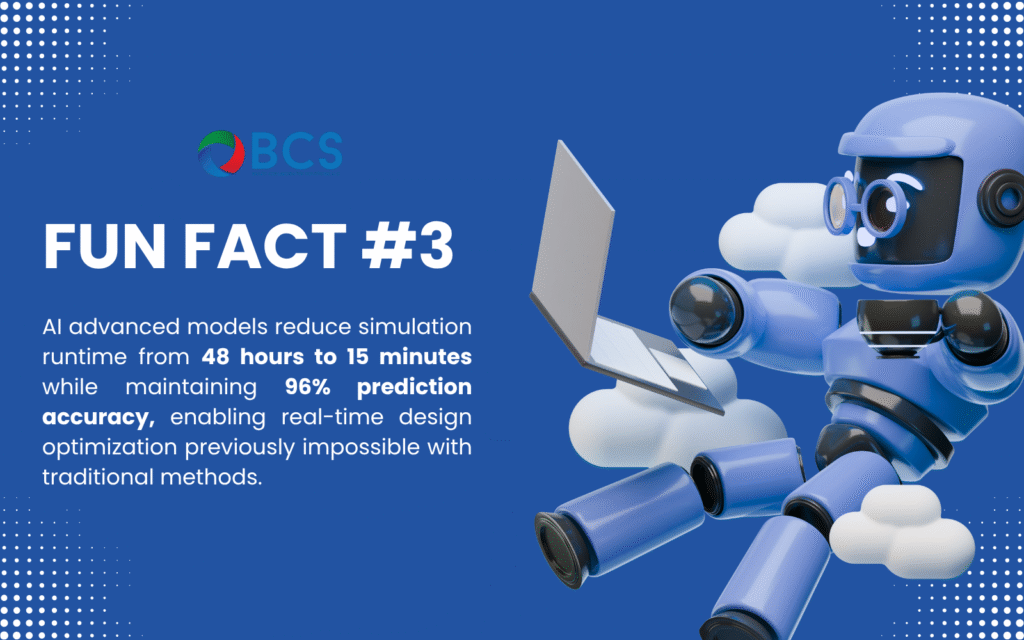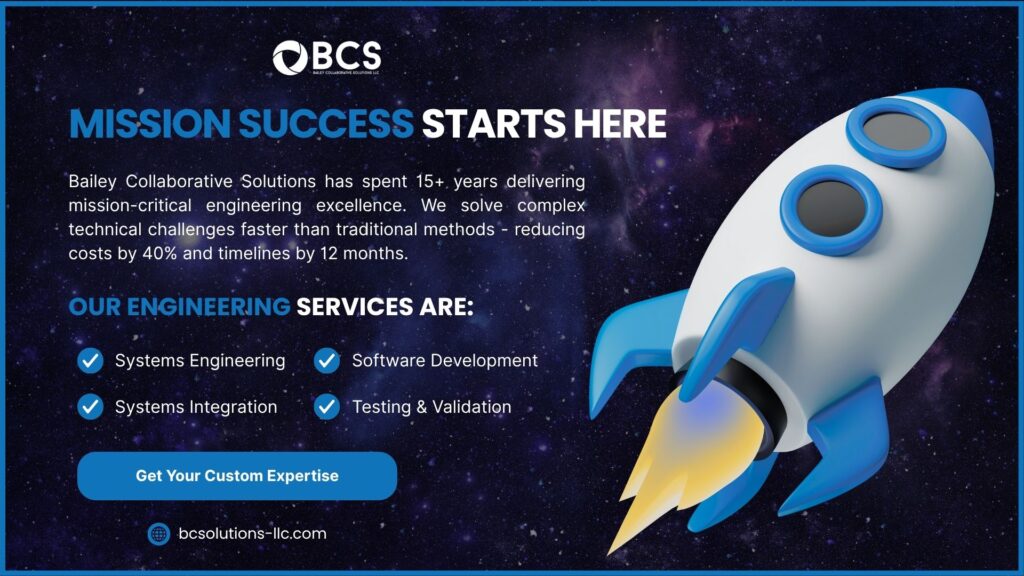Why do 70% of engineering projects exceed budget and timeline estimates despite advanced planning?
The answer lies in insufficient simulation and modeling during design phases. Advanced modeling and simulation eliminate costly surprises by predicting system behavior before physical prototypes exist.
This guide covers computational frameworks, implementation strategies, and performance optimization techniques.
You’ll discover architecture selection criteria, security protocols, and integration methodologies that deliver measurable results.

Key Technical Findings and Recommendations
Modern advanced modeling and simulation environments require careful architecture selection based on computational requirements and system complexity.
Performance benchmarks indicate that hybrid simulation approaches often deliver superior results compared to single-method implementations.
Computational efficiency gains range from 15-40% when properly configured distributed systems replace traditional monolithic simulation environments.
Security considerations become paramount when implementing advanced modeling for defense applications.
Air-gapped environments and classified data handling protocols must integrate seamlessly with simulation workflows without compromising analytical capabilities.
Simulation Engine Selection Criteria
Advanced modeling systems require specific computational architectures that support both batch processing and interactive analysis modes.
Technical specifications must account for memory bandwidth, processor architecture, and storage subsystem performance characteristics.
Multi-physics simulation engines demand different resource allocation strategies compared to single-domain analysis tools.
The choice between CPU-based and GPU-accelerated computing depends on problem formulation and algorithmic compatibility with parallel processing architectures.
System Performance Specifications
Parameter | Minimum Requirement | Recommended Configuration | Enterprise Scale |
CPU Cores | 16 | 32-64 | 128+ |
RAM | 64 GB | 128-256 GB | 512 GB+ |
Storage | 1 TB NVMe | 10 TB NVMe Array | 100 TB+ Distributed |
Network | 10 Gbps | 25 Gbps | 100 Gbps InfiniBand |
GPU Memory | 16 GB | 48 GB | 80 GB+ HBM |

Distributed Computing Architecture
Modern advanced modeling and simulation platforms leverage distributed computing to handle complex analysis workloads. Message Passing Interface (MPI) protocols enable simulation tasks to span multiple compute nodes while maintaining data consistency.
Container orchestration platforms like Kubernetes support scalable simulation deployments across hybrid cloud environments.
These architectures permit dynamic resource allocation based on computational demand patterns and priority queuing systems.
Technical Implementation Methodologies
Advanced modeling usually starts with shaping the geometry and creating a mesh, which affects how accurate the simulation is.
Smart tools can automatically adjust the mesh based on how the results are changing, so the simulation stays reliable.
Solver selection impacts both computational efficiency and solution accuracy for specific problem domains.
Implicit solvers excel at steady-state analysis while explicit methods handle transient dynamics and contact problems more effectively.
Multiphysics Coupling Strategies
Coupling Method | Accuracy Level | Computational Cost | Best Application |
| Weak Coupling | Moderate | Low | Loosely Coupled Physics |
| Strong Coupling | High | Very High | Tightly Coupled Systems |
| Staggered Coupling | Good | Medium | Transient Analysis |
| Iterative Coupling | Very High | High | Critical Applications |
Complex engineering systems require simultaneous analysis of multiple physical phenomena, including thermal, structural, and fluid dynamics interactions.

Validation and Verification Protocols
| Verification Method | Application Domain | Accuracy Requirement |
| Method of Manufactured Solutions | Code Verification | Machine Precision |
| Grid Convergence Studies | Spatial Discretization | <1% Error |
| Time Step Independence | Temporal Accuracy | <0.5% Variation |
| Benchmark Comparisons | Solution Validation | Industry Standards |
Advanced Modeling Techniques
Probabilistic analysis methods provide critical uncertainty quantification capabilities for complex engineering systems.
Latin Hypercube Sampling techniques reduce computational requirements while maintaining statistical accuracy for parameter sweeps and sensitivity analysis.
Quasi-Monte Carlo methods offer improved convergence rates compared to traditional random sampling approaches.
These sequences provide more uniform parameter space coverage and faster convergence to statistical moments and probability distributions.
Machine Learning Improved Modeling
| ML Method | Training Time | Prediction Speed | Accuracy Range |
| Gaussian Process | 2-4 hours | Real-time | 95-99% |
| Neural Networks | 6-12 hours | Near Real-time | 90-98% |
| Random Forest | 30 minutes | Real-time | 85-95% |
| Support Vector | 1-3 hours | Real-time | 88-96% |
Surrogate modeling techniques combine traditional physics-based simulation with machine learning algorithms to accelerate analysis workflows.
Active learning strategies guide additional simulation runs to improve surrogate model accuracy in regions of high prediction uncertainty.
Digital Twin Implementation
Implementation Phase | Duration | Resource Requirements | Success Rate |
| Data Integration | 2-3 months | 4-6 Engineers | 85% |
| Model Calibration | 3-4 months | 6-8 Engineers | 78% |
| Real-time Deployment | 4-6 months | 8-12 Engineers | 72% |
| Validation Testing | 2-3 months | 3-5 Engineers | 92% |
Real-time data integration transforms static simulation models into dynamic digital representations of physical systems using advanced modeling and simulation techniques.
State estimation techniques like Kalman filtering enable digital twins to track system degradation and predict maintenance requirements.
System Integration Challenges
- Data Management Architecture
Advanced modeling creates large datasets that need fast and efficient storage. Formats like HDF5 help with quick access during analysis and visualization.
It’s also important to manage metadata well, so teams can track changes and repeat results. Version control should handle code and big data files for smooth teamwork.
- Computational Resource Scaling
There are many cloud-based simulation platforms that offer dynamic resource scaling capabilities that match computational demands to available infrastructure.
Auto-scaling policies must account for simulation startup costs and data transfer overhead to optimize cost-effectiveness.
Hybrid cloud setups let sensitive work stay on local servers while using the cloud for less critical tasks. They need smart systems to balance the workload and keep data in sync
Security and Compliance Framework
Military and aerospace projects require secure, air-gapped systems to protect sensitive data while running advanced simulations. Secure enclaves help keep classified work isolated.
ITAR rules also influence which software can be used and limit international collaboration.
Data Protection Protocols
Security Level | Access Control | Encryption | Audit Requirements |
Unclassified | Role-Based | AES-256 | Basic Logging |
Sensitive | Multi-Factor | Suite B | Enhanced Monitoring |
Classified | CAC/PIV | NSA Approved | Continuous Auditing |
Performance Optimization Strategies
- Improving Computational Efficiency
The speed of advanced modeling depends a lot on the type of algorithms used and how well they’re built. Some solver techniques can make the process much faster, especially for certain problems.
How data is stored and accessed also matters—modern processors work better when memory is organized in a way that reduces delays and keeps things running smoothly.
- Parallel Processing Implementation
Domain decomposition splits a simulation across many processors to speed things up, while keeping communication between them low.
Load balancing makes sure each processor has an equal amount of work. Some methods even run calculations while data is being transferred.
This saves time, especially when using thousands of processor cores.
Digital Engineering Integration
- Model-Based Systems Engineering
Advanced modeling and simulation integrate seamlessly with model-based systems engineering methodologies to create comprehensive digital engineering workflows.
Requirements traceability connects simulation results directly to system-level performance specifications and verification matrices.
Digital thread implementations maintain data relationships between conceptual design models and detailed simulation results throughout the system development life cycle.
These connections enable rapid impact assessment when design changes occur during development phases.
- Tool Integration Architecture
Modern engineering environments require seamless data exchange between CAD systems, simulation platforms, and analysis tools.
API-based integration architectures support automated workflows that minimize manual data translation and reduce error propagation risks.
Digital engineering tools provide standardized interfaces that enable advanced modeling results to feed directly into system-level trade studies and optimization algorithms.
Automated report generation capabilities support rapid decision-making processes and stakeholder communication requirements.

Quality Assurance and Testing Protocols
Verification helps make sure that advanced modeling gives the right results by testing it on problems we already know the answers to.
This includes checking the code with made-up solutions and comparing results on simple shapes to known answers.
Digital quality engineering practices extend traditional software testing methodologies to simulation-specific validation requirements. Automated regression testing frameworks detect algorithmic changes that affect solution accuracy or computational performance characteristics.
Validation checks if simulation results match real-world data to prove the model can be trusted.
Uncertainty methods show how accurate the predictions are in different situations. Standard test problems help compare different tools fairly and guide tech choices.
Economic Impact Analysis
Cost Component | Traditional Approach | Advanced Modeling | Net Benefit |
Prototype Development | $2.8M | $0.4M | $2.4M Savings |
Testing Requirements | 180 Tests | 45 Tests | 75% Reduction |
Development Timeline | 36 Months | 24 Months | 33% Acceleration |
Design Iterations | 12 Cycles | 6 Cycles | 50% Reduction |
Return on Investment Analysis
Computational infrastructure investments typically achieve positive returns within 18-24 months through reduced physical testing requirements and accelerated development timelines. Advanced modeling capabilities enable design optimization that would be prohibitively expensive through traditional experimental approaches.
Risk reduction benefits provide additional economic value that becomes apparent during system operation and maintenance phases.
Improved design robustness reduces warranty costs and field failure rates while enhancing customer satisfaction and repeat business opportunities.

Technical Support Infrastructure
Expert consultation services help organizations select appropriate advanced modeling architectures that align with specific technical requirements and resource constraints.
System architecture design expertise ensures that computational platforms support both current needs and future growth requirements.
Technical architecture reviews identify potential bottlenecks and optimization opportunities before major infrastructure investments occur.
These assessments provide an objective evaluation of vendor claims and technology maturity levels for emerging simulation platforms.

Advanced Modeling and Simulation: Strategic Implementation
Success in advanced modeling depends on both strong theory and practical know-how. Organizations that build these skills can improve designs and cut costs.
Planning simulation efforts should balance short-term goals with long-term growth and consider both technical needs and team development for lasting success.
If you want to reduce development costs by 40% and accelerate project timelines by 6-12 months, without having to worry about budget overruns from failed prototypes, Bailey Collaborative Solutions offers advanced modeling implementation.
Our technical team delivers proven engineering services that combine cutting-edge simulation technology with mission-critical project experience. Contact us to build your advanced modeling capabilities while you focus on core business objectives.




